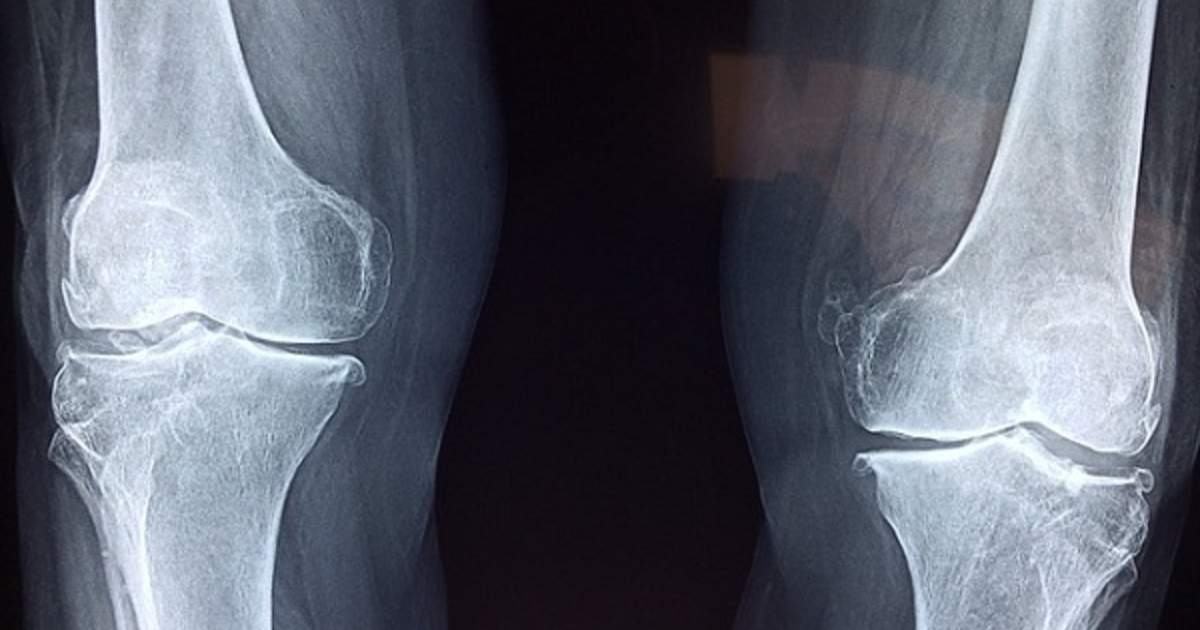Causes Of Neural Foraminal Stenosis
Stenosis is defined as a narrowing in the spine. There are two types: central stenosis and neural foraminal stenosis. Central stenosis refers to narrowing of the spinal canal that holds the spinal cord, and neural foraminal stenosis involves narrowing of the hole the spinal nerves transverse when they exit the spine. This narrowing can be caused by numerous conditions and is often multifactorial. The neural canal is formed by a vertebra above and below and the disc between them. It is naturally comprised of bone, discal material, ligaments, as well as the exiting nerve and blood vessels. Enlargement of any of these structures, additional material in the canal, and reduction of the canal size by encroaching entities all contribute to neural foraminal stenosis.
Paget's Disease Of The Bone

Paget's disease of the bone is a rare, chronic bone disorder that causes bony proliferation. It tends to impact the elderly, men slightly more than women, often causing enlarged bone growth to the pelvis, lower back, hips, thighs, and skull. This bone proliferation occurs at a much faster rate than normal and the bone generated is of an abnormal structure. The bones become weaker, soft, and generate pain. In the spine, space is limited. The additional bone that occurs as a result of Paget's disease causes the overall area of the neural foramen to reduce, applying pressure to the spinal nerve. This is often a painful process; however, the neural foraminal compromise can lead to pain and dysfunction at distal sites. Stenosis in the cervical region has the potential to lead to arm or leg pain, weakness, and dysfunction. Neural foraminal stenosis in the lumbar region may generate symptoms in the legs, but may also be associated with trouble to the bowel or bladder.
